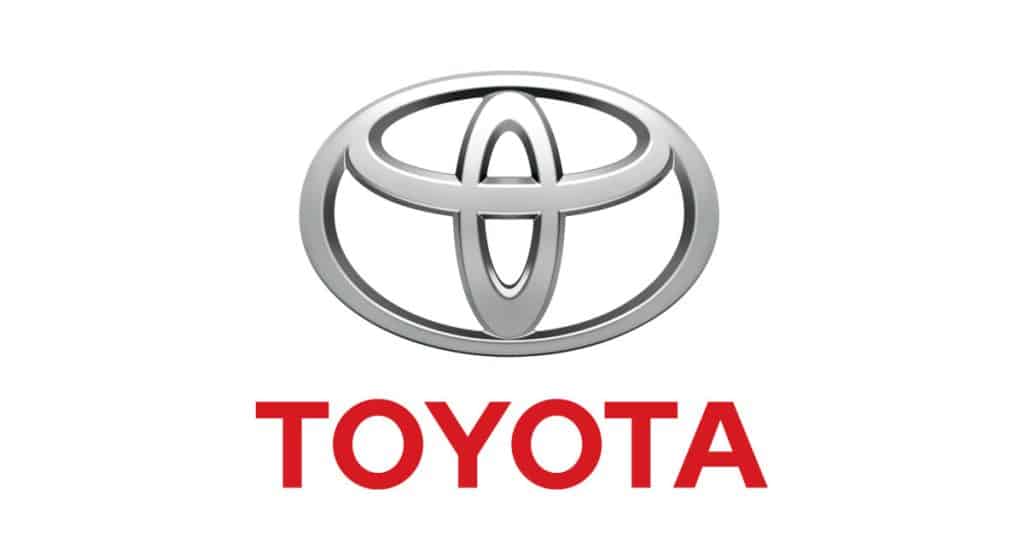Estimated reading time: 4 minutes
Every farm has a repair project gathering dust in some corner. In our barn, it is a 1964 Toyota Stout, which my father fetched from the assembly plant in Durban when he was still a young farmer.
At our last farm meeting, Gert, the farm mechanic, proposed fixing the old bakkie and selling it for a big profit.
I was not keen to sell. That Stout holds a lot of memories. All my siblings had their driving lessons in it. We piled blankets on the back to watch movies at the drive-in. While I was a student, the Stout became infamous at music festivals for the inflatable swimming pool I had on the back. The big dent in the left rear fender was where my first cow rammed the bakkie when I got too close to her newborn calf that was hidden in the grass.
A facelift requires parts
But if there is one thing my late dad had drummed into me, it is that every vehicle on a farm must earn its keep. The other principle he taught me is not to grow anything that did not have a ready buyer. I asked Gert who would buy a dented old farm bakkie.
“Americans,” Gert said. “As it stands, we can list it for US$10 000 on several American car collector sites. But if we get it running again, we can increase that price significantly. And when Toyota hopefully launches a new half ton Stout, there will be even more interest in the vintage version.”
“Where would you get a new windscreen and fender to replace the chipped and dented originals?” I asked.
“I could replace those from the local scrapyard, or source them from Koromo Heritage, a company that sells reproduction and original parts for classic Toyotas.”
Safety-critical parts which he wanted to replace with new parts, such as brake lines and drums, he would just order from the local dealer, who gets daily deliveries from Toyota’s giant parts warehouse in Boksburg.
“‘We may even get lucky and find suitable replacement parts in stock,” Gert said. “I’ve got a cousin working there. According to her, it is Toyota’s policy to keep a model’s parts for 15 years after it is discontinued or for as long as there is a demand. They have some 2,7 million parts there for all the brands in the Toyota stable.”
“That is indeed impressive,” I said.
“Even more impressive is that Toyota now has 220 local firms supplying them with parts,” Gert said.
This was news to me. I thought our local industries only made thermal insulators, towbars, tyres and batteries. Gert was scandalised.
Servicing a robust market
“The Automotive Business Council of South Africa lists 500 automotive component suppliers. They make engine blocks, exhausts, seats, fuel tanks, tyres, and a wide range of small parts such as connectors and turbo dampers,” he said.
Gert added that he was confident their number would grow in coming years, despite the rise of electric vehicles. “We keep our cars a long time,” Gert said, adding that vehicle registrations show four in ten cars on Mzansi’s roads are between 11 and 20 years old.
“If there is a huge market for makers of parts, they will come,” he said.
“Won’t these kids want to buy a vintage Stout?”
“Nope, retiring Baby Boomers pay for nostalgia and the ones who pay in dollars are all in the US,” Gert said.
“I guess we are fixing the Stout then,” I settled it.
Read more about hybrids and greener fuel.



